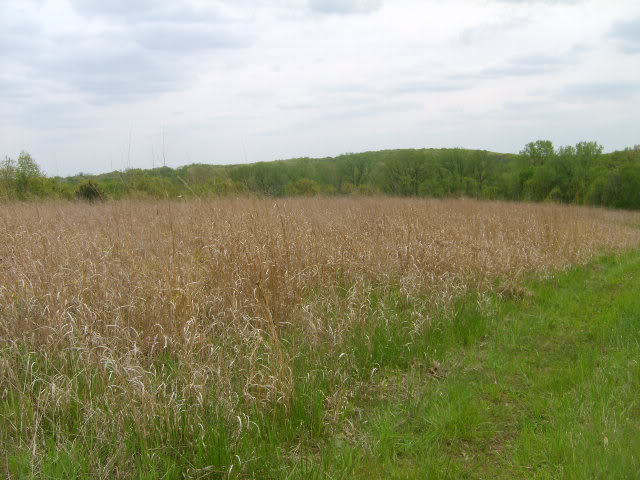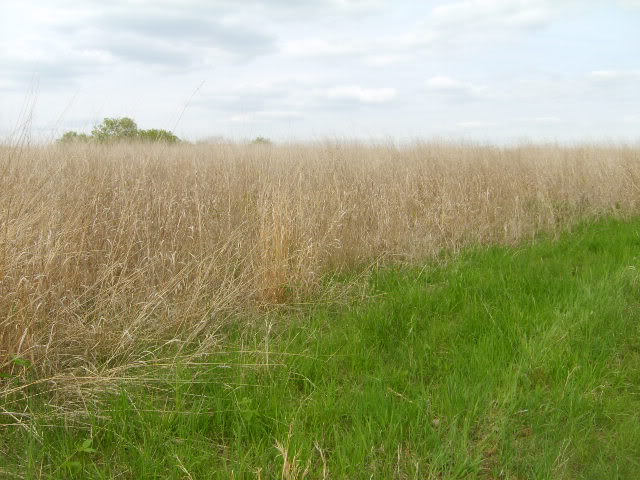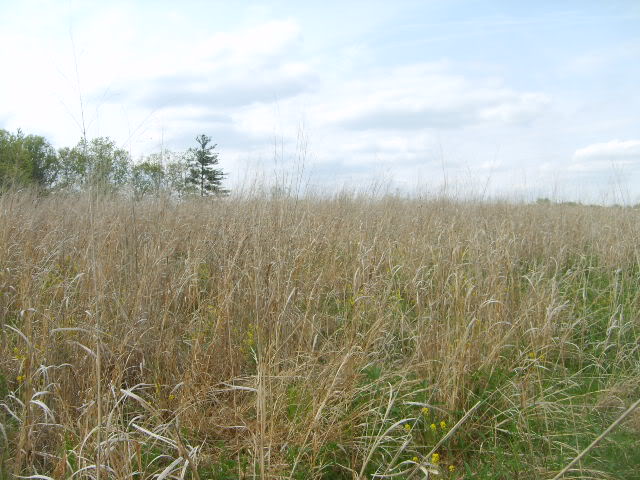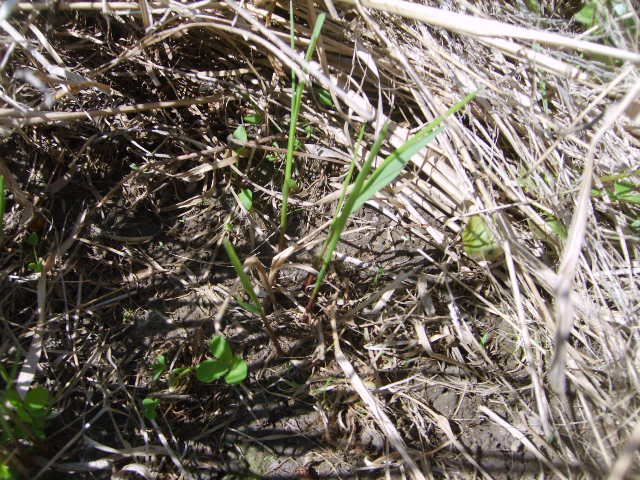Dbltree or anyone who has experience with using glyphosate, I have a question. Some of the cool season grass that we sprayed on May 11 (with roundup and atrazine) in our CIR plot that we just seeded this spring still has some green color to it. You can tell that it was sprayed because it has not grown since the spraying and there is some yellow to it, but it's not brown yet like most areas of the plot. Also, there were a couple small strips that were obviously missed because they were still bright green and growing, so I spot sprayed that with a backpack sprayer. My question is, the grass that still has some green to it but was obviously sprayed, will that eventually die or can it "bounce back" and live and keep growing? This was very mature cool season grass that had been in CRP for 20 years or so. Not sure what type of grass, but it would get a little over knee high by mid summer. It will be 3 weeks Monday since it was sprayed. It was about 4 to 5 inches tall when we sprayed it. Will it just take more time for this deep rooted stuff to totally die? We used about 2 quarts of glyphosate with surfactant per acre and we had good dry weather for a day or two after that. It's been cool up here, only two days above 80 degrees all spring so far, so that might slow the process up too?
Also, I wanted to give everyone an update on how our plot is doing. We did just about everything wrong that we possibly could, because I had not found this great thread until after we planted, and I believed all the other bad information out there about how to plant NWSG. In early April I burned the site with fire to get rid of all the trash from previous growing seasons. Then I disked the top 2 to 3 inches and then took our 6 foot tiller behind the tractor set at about 2 to 3 inches. Then I pulled our heavy steel roller/packer to firm it and spread the seed with our old grain drill which just drops the seed on the surface. Then I rolled/packed it again. That was planted on April 4, so after reading everything here, I was afraid it would be too late to cold stratify the dormant seed. I knew we would have to spray the cool season grass that would come back or we would have nothing but cool season grass again (lightly disking and tilling one time never kills thick mature grass). I also knew with the tilling that there would be a ton of weeds that would also germinate. My goal was to spray as late as possible with a glyphosate/atrazine mix so that we could get as much of the cool season grass up and growing before spraying, but before the CIR germinates. I was a bit worried to hear from people who had SG germinating in late April and early May, but by looking at ours, I didn't think anything was really up yet beside the cool season grass that had been there, and some other weeds. We sprayed on May 11. The good news is, I think we have a lot of CIR just starting to come up. The tallest stuff is no more than 1" tall and looks just like the SG seedlings in the photos. I've been checking it regularly the last couple weeks and just the last few days I've noticed more CIR everyday. The pictures you have posted recently of SG and foxtail helped a ton! Thanks! Also, I looked at our corn plot which always has foxtail coming, and I could really see the small foxtail in the corn, but not the CIR plot, and the difference compared to what I believe is CIR. With a little experience, I think it is quite easy to tell the difference between baby foxtail and baby SG. I think ours might have germinated later because we planted after the good frost seeding dates, plus, the first 3 weeks of April were bone dry, so no stratification took place and it just needed more time to cold stratify. I tried a test to see how much of our seed was dormant by putting some of the seed in damp paper towel and put it in a clear ziploc bag, and hung it in a sunny south side window of the house. After about 3 weeks, only 2 out of 100 seeds germinated, so we had almost 100% dormant seed. Apparently we had at least decent cold/stratifying conditions from late April through mid May. I'm anxious to see what it looks like in a 2-3 weeks. If more CIR keeps germinating like it has the last few days, I think we will have a thick plot! I'm doing another test with the CIR seed. I put a some in the refrigerator in damp paper towel. I plan on taking some seed out at 1 week, 2 weeks, 3 weeks, and so on, and putting it in the window like before to see the effects on germination rates and how long it takes for the majority of the seed to cold stratify this way.
Thanks everyone, esp. Dbltree for all the great info here. We are doing another 4.3 acres of CIR next year, only this time everything will be done the right way!













